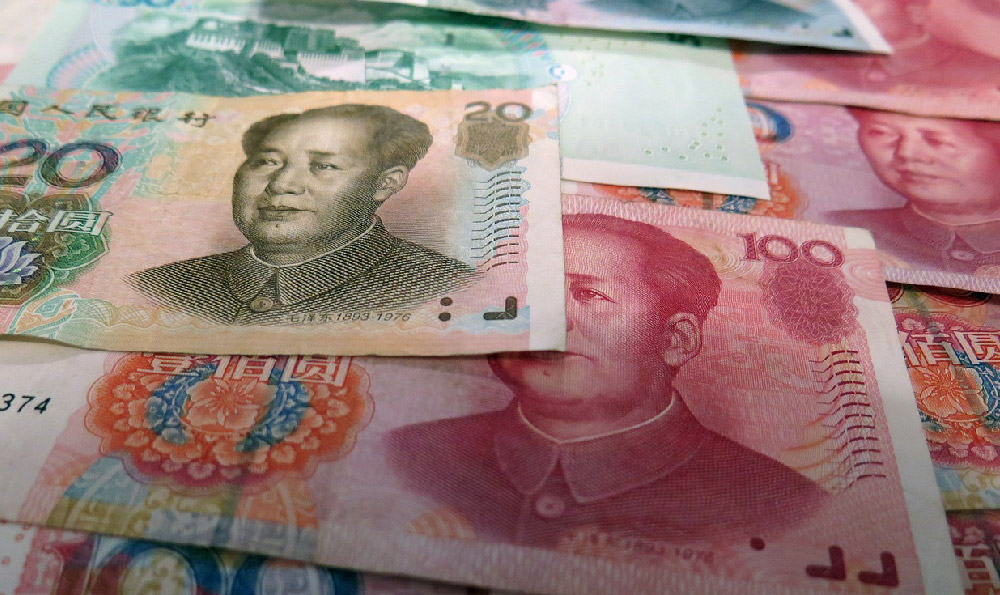
Al Capone, a name synonymous with the Roaring Twenties, prohibition-era Chicago, and organized crime, amassed a considerable fortune in a relatively short period. His rise to power and the methods he employed to generate immense wealth are a dark, yet fascinating, chapter in American history, reflecting a period of immense social change, rampant corruption, and the allure of forbidden vices. Understanding how Capone acquired his wealth necessitates examining the specific historical context and the brutal pragmatism that characterized his leadership of the Chicago Outfit.
The cornerstone of Capone's financial empire was bootlegging. The 18th Amendment, which prohibited the manufacture, sale, and transportation of alcoholic beverages, ironically created a lucrative opportunity for those willing to defy the law. Capone recognized this immediately. He didn't simply sell illicit liquor; he built a sophisticated, vertically integrated operation. He controlled breweries, distilleries, and a vast network of trucks and speakeasies. He bribed law enforcement and politicians at all levels, ensuring his operations were largely protected from interference. The demand for alcohol remained high throughout prohibition, and Capone’s organization was perfectly positioned to capitalize on it. The enormous profits from this illicit trade flowed directly into Capone’s coffers, providing him with the capital to diversify his criminal activities.
Beyond bootlegging, Capone also profited significantly from gambling. He operated illegal casinos, betting parlors, and engaged in race-fixing. Gambling was another popular pastime, particularly in urban centers like Chicago, and Capone's Outfit controlled a substantial portion of the gambling market. He used intimidation and violence to eliminate rivals and maintain his dominance, ensuring a steady stream of revenue from this sector. Similar to his bootlegging operation, he cultivated relationships with corrupt officials who turned a blind eye to his illegal gambling dens in exchange for kickbacks.

Prostitution was another, albeit morally repugnant, source of income for Capone. While not as central to his financial empire as bootlegging and gambling, he profited from operating brothels and controlling prostitution rings. The exploitation of vulnerable individuals generated further income, highlighting the ruthless and unscrupulous nature of his business practices. Again, the ability to shield these activities from legal repercussions through bribery and intimidation played a crucial role in maintaining profitability.
Beyond these primary sources of income, Capone also engaged in extortion and protection rackets. He and his associates would threaten businesses with violence or sabotage unless they paid a "protection" fee. This effectively turned Capone into an unofficial tax collector, preying on legitimate businesses that were forced to pay to avoid becoming targets. This practice not only generated income but also solidified Capone's power and control over the city's economy. Businesses that refused to pay faced dire consequences, ranging from property damage to physical harm.
The methods Capone used to accumulate and maintain his wealth were as brutal as they were effective. Violence and intimidation were central to his strategy. He employed a large and loyal cadre of enforcers who were willing to use deadly force to protect his interests and eliminate rivals. The St. Valentine's Day Massacre, where seven members of a rival gang were brutally murdered, is perhaps the most infamous example of Capone's willingness to use extreme violence to consolidate his power. This act of barbarity sent a clear message to anyone who dared to challenge his authority.
Bribery and corruption were also essential tools in Capone's arsenal. He systematically bribed police officers, judges, and politicians, effectively buying immunity from prosecution. This allowed him to operate his criminal enterprises with relative impunity for many years. The extent of Capone's influence within the Chicago political landscape was profound, demonstrating the corrosive power of organized crime and its ability to undermine the rule of law.
Capone was also a master of public relations, albeit a twisted one. He cultivated an image of himself as a benevolent benefactor, donating to charities and soup kitchens during the Great Depression. This helped to soften his public image and garner support from some segments of the population, particularly those struggling with poverty and hardship. This carefully crafted image, while masking the true nature of his activities, helped to protect him from public outrage and further scrutiny.
Furthermore, Capone was a skilled businessman, albeit in a criminal context. He understood the importance of organization, efficiency, and innovation. He streamlined his operations, implemented sophisticated accounting practices (at least for his purposes), and adapted quickly to changing market conditions. He treated his criminal enterprise as a business, making strategic decisions to maximize profits and minimize risks. This business acumen, combined with his ruthless tactics, made him a formidable force in the criminal underworld.
In conclusion, Al Capone’s wealth accumulation was a direct result of exploiting the opportunities presented by prohibition and a combination of other criminal activities. His methods were characterized by violence, intimidation, bribery, and a ruthless pragmatism that allowed him to build a powerful criminal empire. While he presented a facade of generosity, his wealth was built on the exploitation and suffering of others, leaving a lasting stain on American history. His story serves as a cautionary tale about the dangers of unchecked power, corruption, and the allure of ill-gotten gains.




